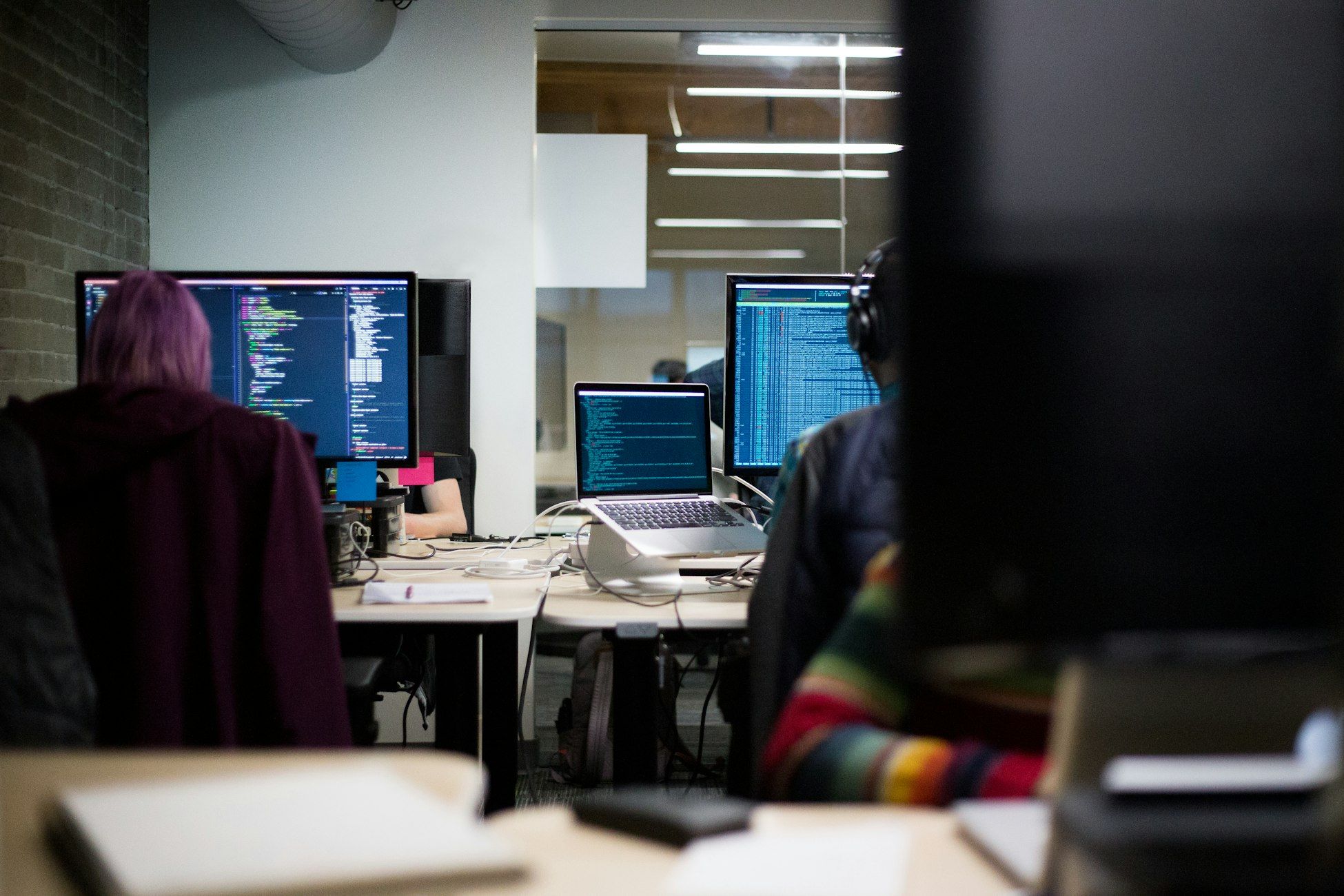What Software Will Look Like in 2026: Key Predictions



Welcome to the future of software! As we approach 2026, the software industry is poised for significant advancements and innovations that will reshape how we interact with technology. In this article, we will explore key predictions on what software will look like in 2026 and the emerging trends that will drive this evolution.
Future Software Trends
The future of software is bright, with several trends shaping the industry. One key trend is the rise of AI-powered software solutions. Artificial Intelligence (AI) is increasingly being integrated into various software applications to enhance automation, personalisation and decision-making capabilities.
Software 2026: Emerging Technologies
By 2026, we can expect to see the widespread adoption of emerging technologies such as blockchain, Internet of Things (IoT), and augmented reality (AR) in software development. These technologies will bring new opportunities for innovation and enhanced user experiences across different industries.
AI Software Predictions
Artificial Intelligence will continue to play a pivotal role in software development in 2026. AI algorithms will become more sophisticated, enabling software to perform complex tasks with greater accuracy and efficiency. Machine learning models will be integrated into a wide range of software applications, from chatbots to predictive analytics tools.
Software Innovation 2026
Innovation will be at the forefront of software development in 2026. Companies will invest heavily in research and development to create next-generation software tools that push the boundaries of what is possible. Creative solutions and disruptive technologies will drive competition and fuel rapid advancements in the industry.
Next-Gen Software Tools
Next-generation software tools will be characterised by their adaptability, scalability, and intelligence. These tools will leverage data analytics, cloud computing, and AI to deliver seamless user experiences and empower organisations to achieve their goals more efficiently. Collaboration tools, project management platforms, and cybersecurity solutions will undergo significant transformations to meet the evolving needs of businesses.
Software Industry Trends
The software industry in 2026 will be shaped by several key trends, including the growing demand for cloud-based solutions, the focus on cybersecurity and data privacy, and the increasing integration of AI and automation. Companies that embrace these trends and invest in innovation will have a competitive edge in the rapidly evolving digital landscape.
Software Development Future
The future of software development will be characterised by agility, collaboration, and continuous learning. Agile methodologies will become the standard practice, enabling teams to quickly adapt to changing requirements and deliver high-quality software products. Cross-functional collaboration and interdisciplinary approaches will drive creativity and innovation in software development.
Technology Predictions 2026
Looking ahead to 2026, technology will continue to advance at a rapid pace, driving transformative changes in software and beyond. As new technologies emerge and evolve, software developers and industry professionals must stay informed and adapt to these changes to remain competitive and thrive in the digital economy.
Upcoming Software Solutions
In the coming years, we can expect to see a wave of innovative software solutions that address pressing challenges and unlock new opportunities for businesses and consumers. From healthcare and finance to education and entertainment, software will continue to drive progress and enable new possibilities in every sector.
As we look ahead to 2026, the future of software is full of promise and potential. By staying at the forefront of emerging technologies, embracing innovation, and fostering a culture of collaboration and creativity, the software industry will continue to shape the digital landscape and empower us to connect, create, and thrive in a rapidly evolving world.




